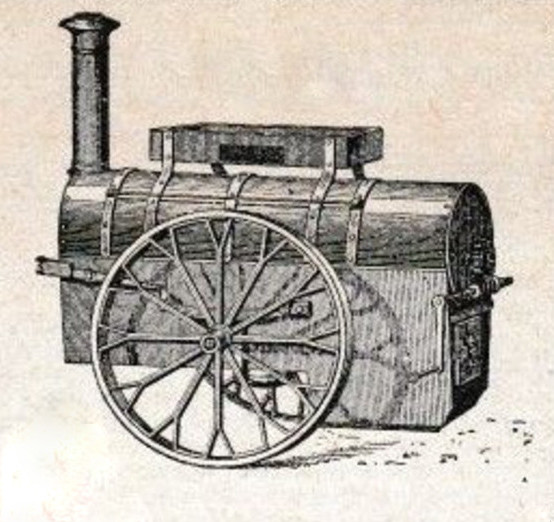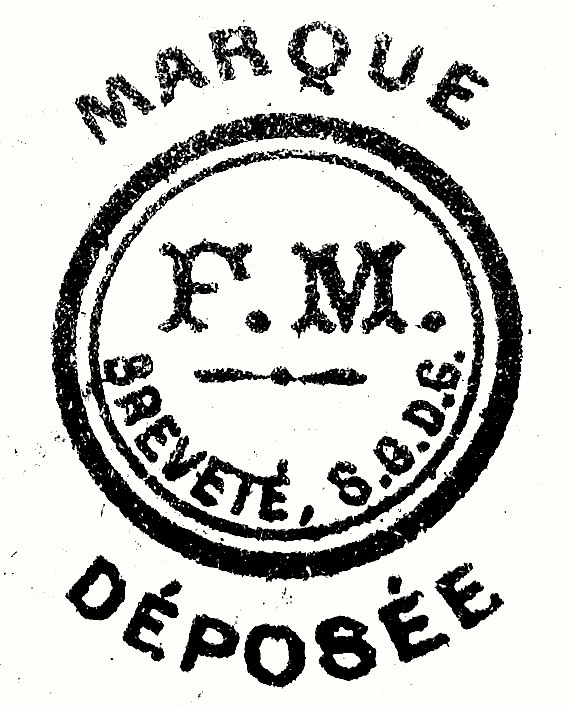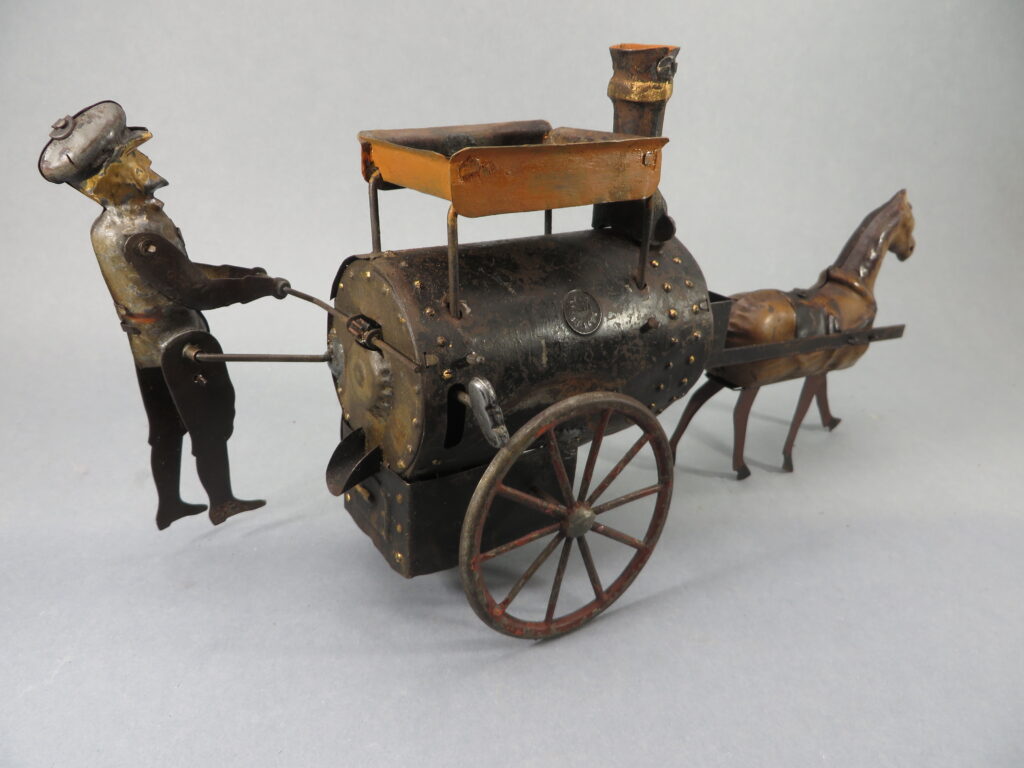
The early period of the pavements in Paris around 1900
With the increase in traffic on the streets of Paris in the late 1800s and early 1900s, it was necessary to cover the ground with a homogeneous material that was easy to drive on and walk on.
At that time, there were 5 options: large cobblestones, small pitted cobblestones, wooden cobblestones, asphalt or macadam.
These five different types of pavement were successively used in the city, each with their advantages and disadvantages.
The method of paving with wooden cobblestones received a lot of enthusiasm at the time and was the first option developed.
Made of pine, these wooden pavers were laid perpendicular to the road and then sealed with bitumen.
The wooden pavers were finally abandoned completely after 1930 in favor of stone pavers.
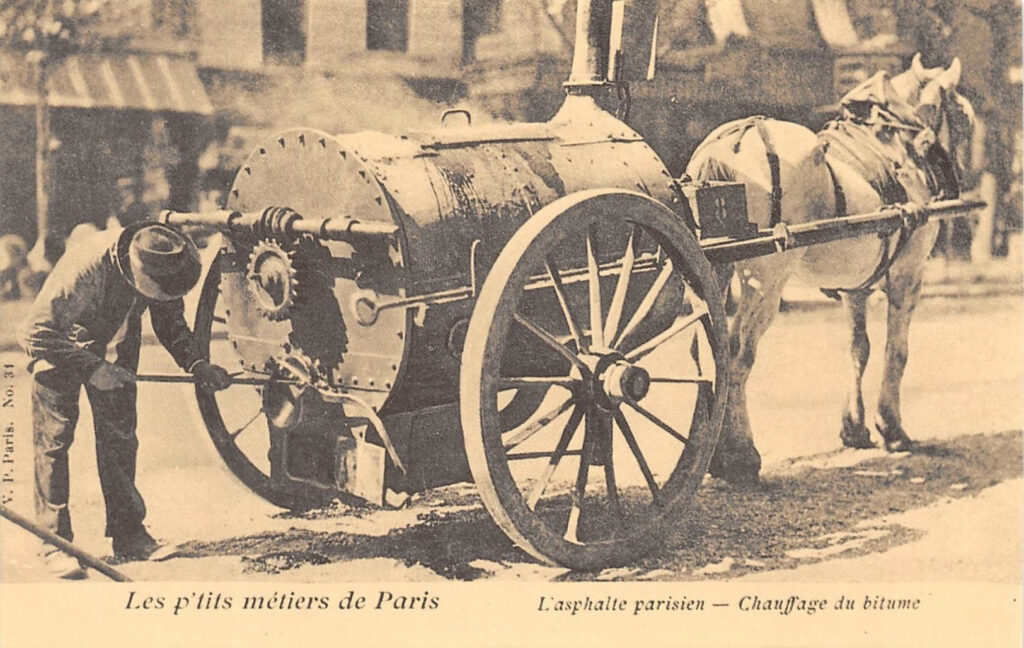
So around the turn of the 20e century and long afterwards you could see the asphalt workers in the streets.
A wagon with boiling hot asphalt was pulled by a horse.
The asphalt was poured into buckets and distributed over the existing wooden cobblestones in the streets and on the sidewalks.
A tough and hot job.
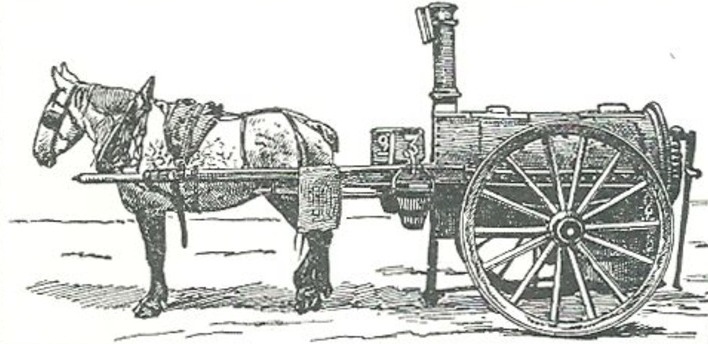
Fernand Martin made a toy as a result of these diligent workers and put it on the market in 1903
The toy is about 26 cm / 10,2 inch long and was powered by a clockwork.
The man at the back is also driven by this clockwork, which makes it seem as if he rotates a rod, you can also see the same rod on the images of the real asphalt wagons.
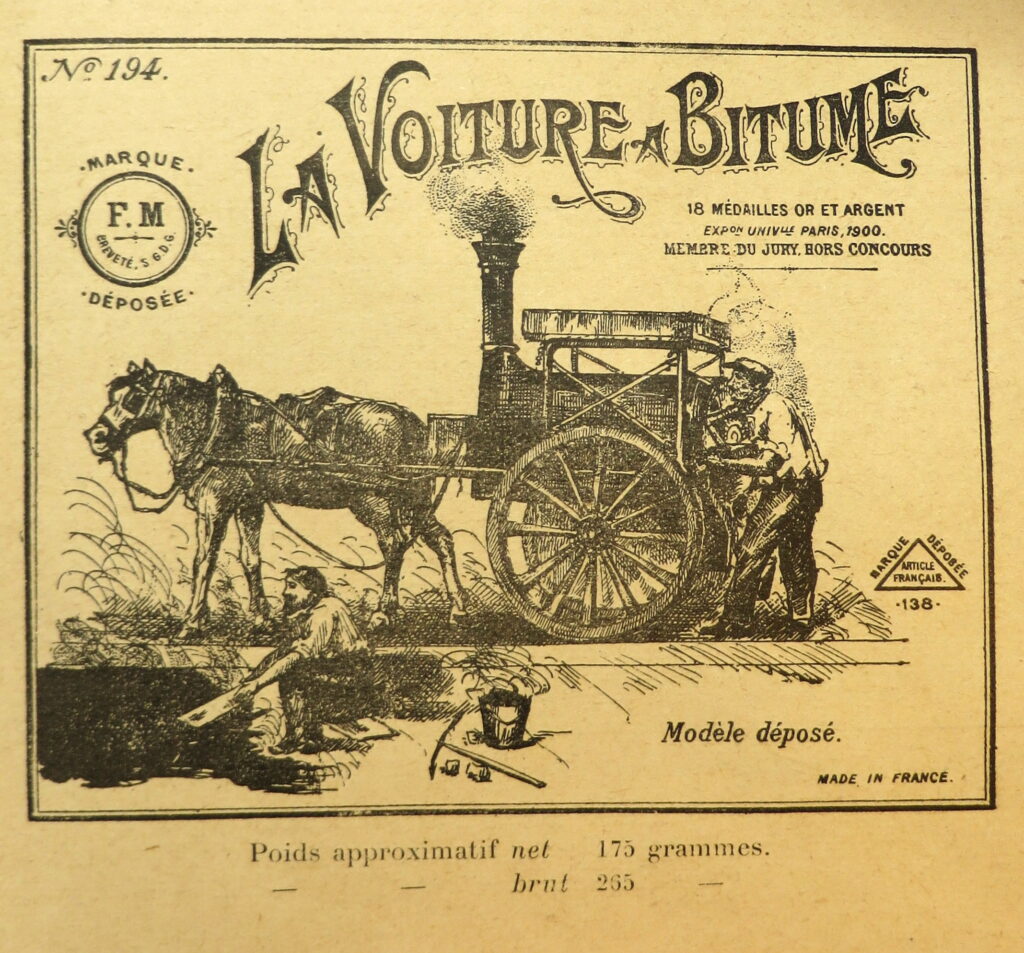
Fernand Martin number 194
